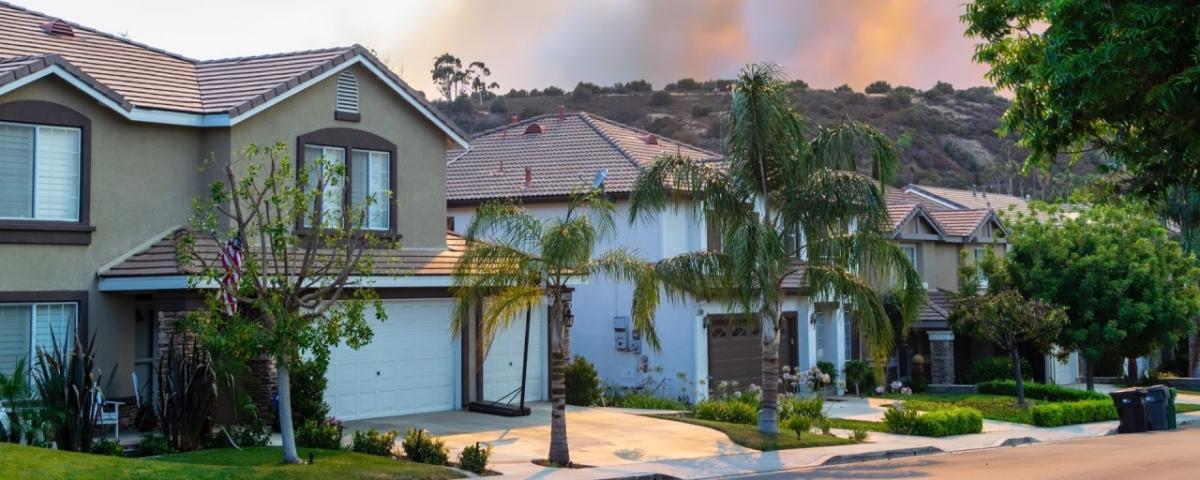Battery Storage Incentives Available for Customers in High Fire Risk Areas
The reduction of in-person processes makes battery storage installations easier for SCE customers during COVID-19 restrictions.

Battery Storage Incentives Available for Customers in High Fire Risk Areas
During California’s stay-at-home order in response to the COVID-19 emergency, many things have changed. One thing hasn’t: the need for critical work to prepare for the threat of wildfires.
Now, Southern California Edison customers in high fire risk areas have added incentives to install energy storage. An expanded Self-Generation Incentive Program budget gives California’s most at-risk residents the ability to make their homes more resilient to power outages meant to protect them from wildfires.
“Over the next four years, SCE customers in high fire risk areas who are part of the Medical Baseline program and those meeting income qualifications, will have access to $210.4 million of equity resiliency funding,” said Jessica Lim, SCE’s principal manager of Product Management. “The incentives provided through the SGIP program are expected to pay for most of the costs of installing a customer’s battery storage system.”
From fire stations and foodbanks to homeless shelters, commercial customers who provide critical services to vulnerable communities in high fire risk areas can also take advantage of the SGIP equity resiliency incentives.
The SGIP handbook outlines the different criteria for eligibility. Customers can determine if they qualify for the program by typing their address into this interactive map. Customers must be located in one of the two fire zones indicated on the map and fall into one of the other criteria listed in the handbook.
Customers who are not in one of the two fire zones can also qualify for funding if they’ve had their power turned off due to two separate Public Safety Power Shutoff events. To further ensure the safety of SCE’s income-qualified critical care customers in high fire risk areas, SCE is developing an additional battery program that will supply these customers with mostly portable batteries.
Adding energy storage during stay-at-home orders is easier than it might seem. Most of the process can take place online. Residential customers can shop for and get an energy storage system quote online at SCE’s Battery Marketplace. They can also work with their previous solar panel installer on a battery system quote.
Customers can apply to take advantage of equity resiliency funds online. More often than not, the company that installs the energy storage system will complete this application for the customer. Finally, new ways of working, like virtual inspections, are being integrated into the program to eliminate the need for unnecessary face-to-face interactions.
Although the number of hours of electricity a battery storage system can provide varies based on a customer’s use and the size of the system, residential customers can typically expect to receive about 10 hours of use on a single charge. If the battery storage is combined with a rooftop solar system, the batteries can be recharged during the day when the sun is shining. Customers don’t need a rooftop solar system to install energy storage, however the power needs to be on to recharge the battery system.
In addition to providing customers with the opportunity to make their homes and businesses more resilient to the threat of wildfires, this program is expected to help create clean energy jobs across California. It also incorporates more clean energy resources into the grid, which are critical in reducing greenhouse gas emissions that drive the extreme weather leading to year-round wildfire threats.

